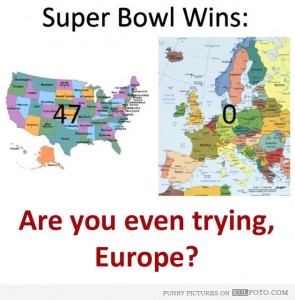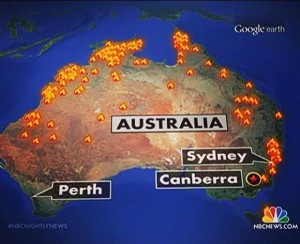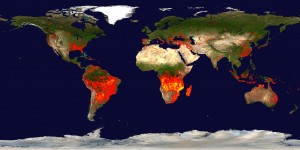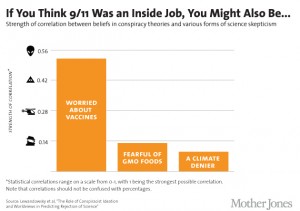Fancy packaging of plain packaging impact
The Sydney Morning Herald has a story on the impact of plain packaging for cigarettes in Australia. Cancer researchers in Sydney found a big spike in calls to Quitline after the packaging change, and interpreted this as evidence it was working
The researchers said although the volume of calls to Quitline was an ”indirect” measure of people’s quitting intentions and behaviour, it was more objective than community surveys where people can answer questions in a socially desirable and biased way.
On the other side, tobacco companies say there hasn’t been any actual fall in smoking.
”In November 2013, a study by London Economics found that since the introduction of plain packaging in Australia there has been no change in smoking prevalence … What matters is whether fewer people are smoking as a result of these policies – and the data is clear that overall tobacco consumption and smoking prevalence has not gone down,” he said.
In this setting you might reasonably be concerned that either side is putting their results in fancy packaging. So what should you believe?
In fact, the claims are consistent with each other and don’t say much either way about the success of the program. If you look at the research paper, they found an increase peaking at about 300 calls per week and then falling off by about 14% per week. That works out to be a total of roughly 2000 extra calls attributed to the packaging change, ie, just over half a percent of all smokers in Australia, or perhaps a 10% increase in the annual Quitline volume. If the number of people actively trying to quit by methods other than Quitline also goes up by 10%, you still wouldn’t expect to see much impact on total tobacco sales after one year.
The main selling point for the plain packaging (eg) was that it would prevent young people from starting to smoke. That’s what really needs to be evaluated, and it’s probably too early to tell.
[Update: Of course, other countries that were independently considering changing their policies shouldn’t wait for years just because Australia started first. That would be silly.]
[Update: the Quitline data are just for NSW; so perhaps 1.5% of smokers]




